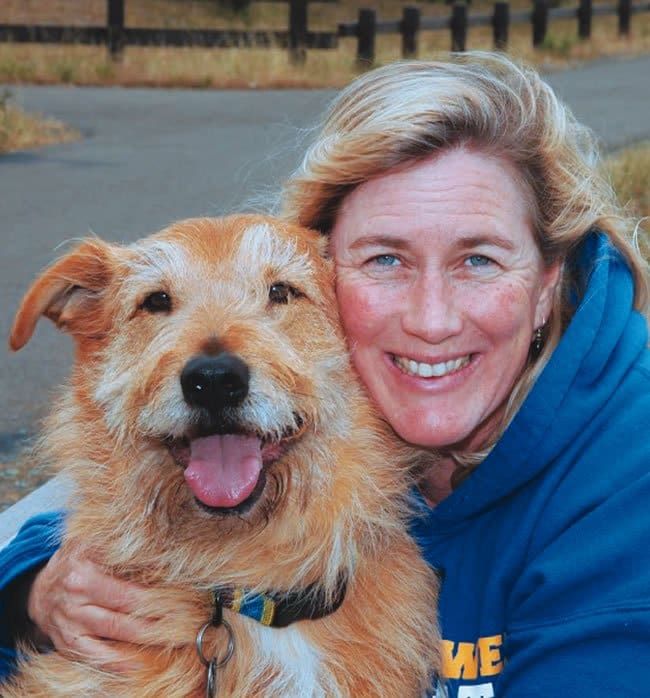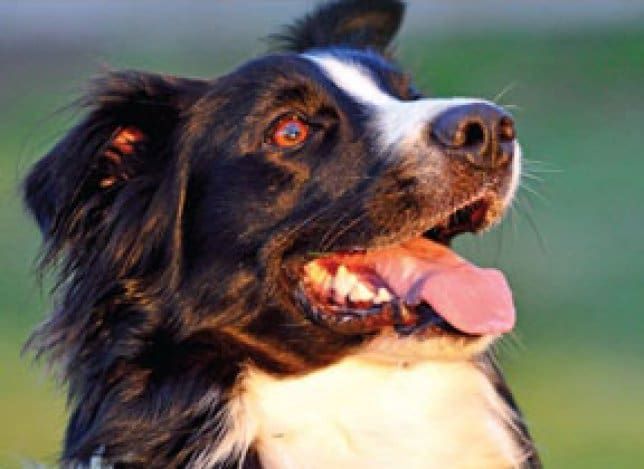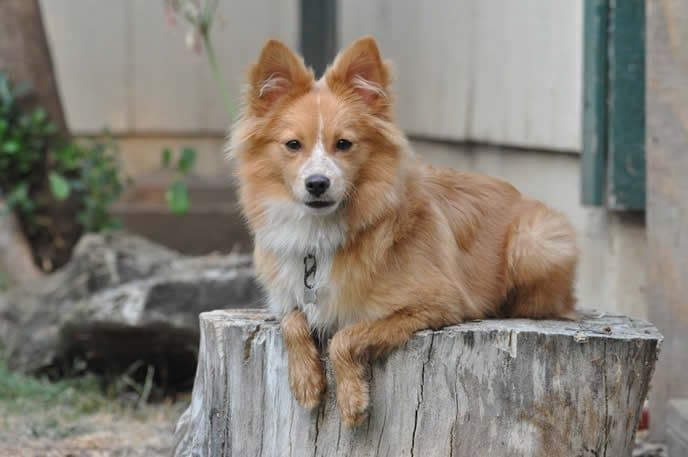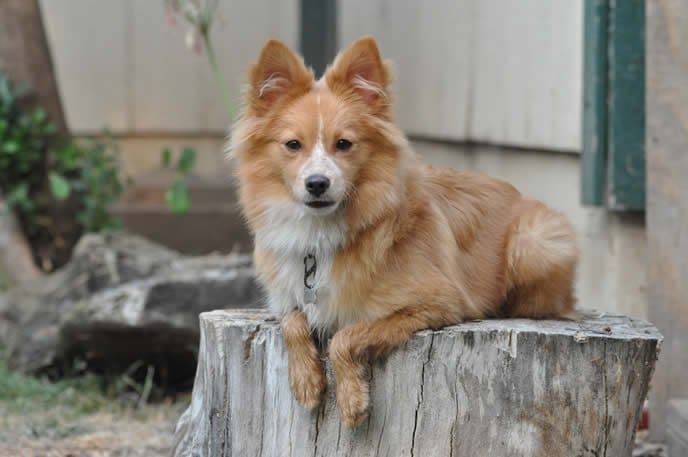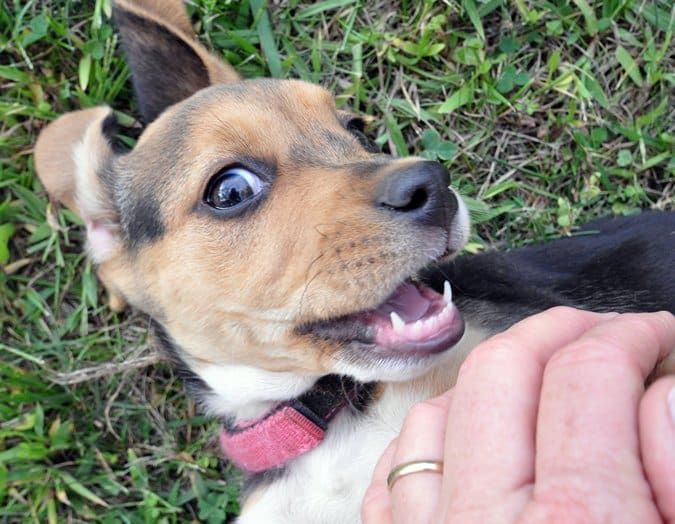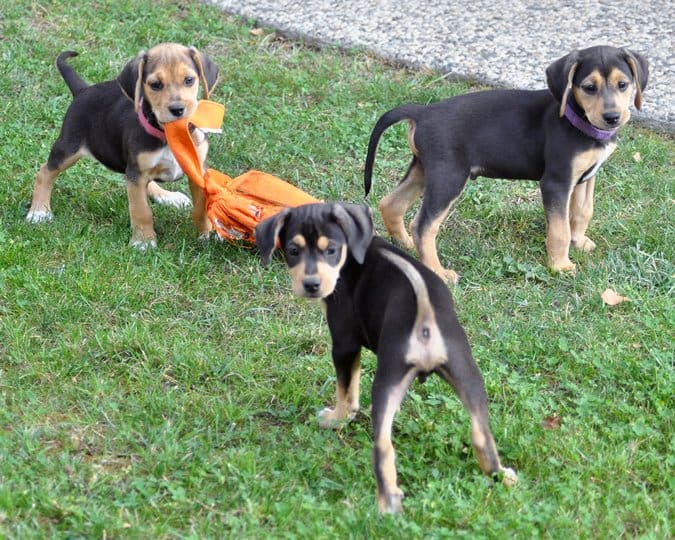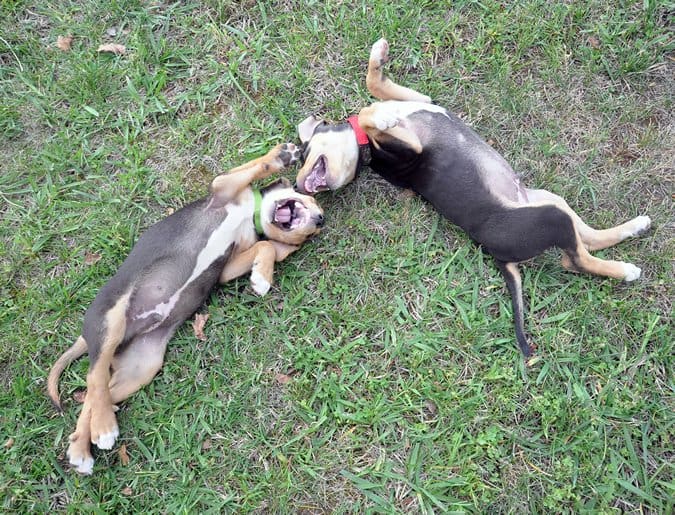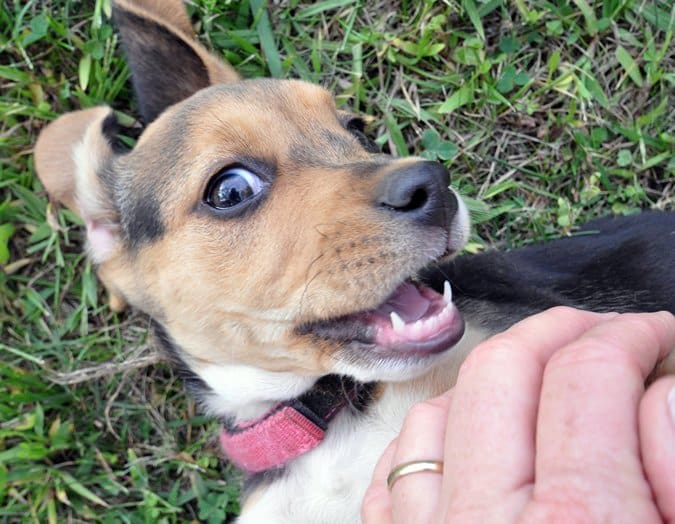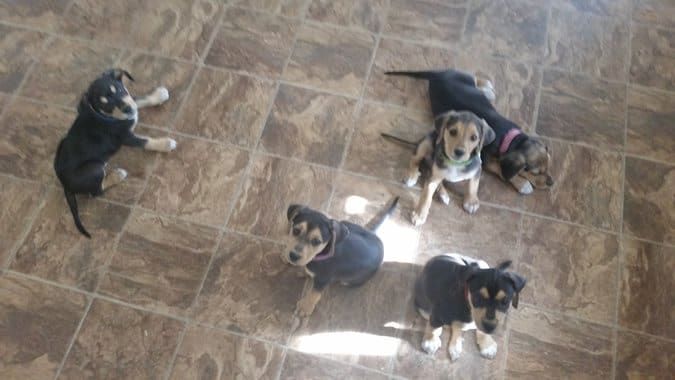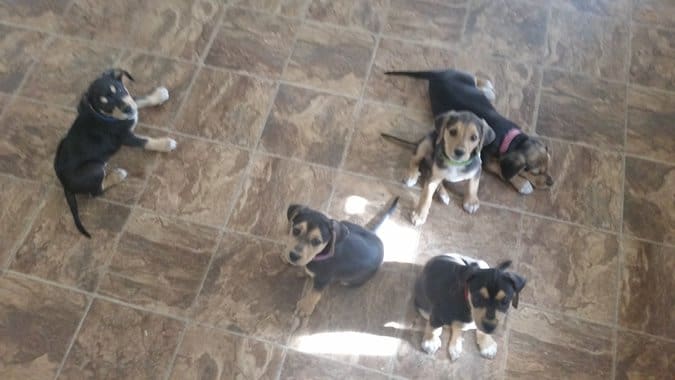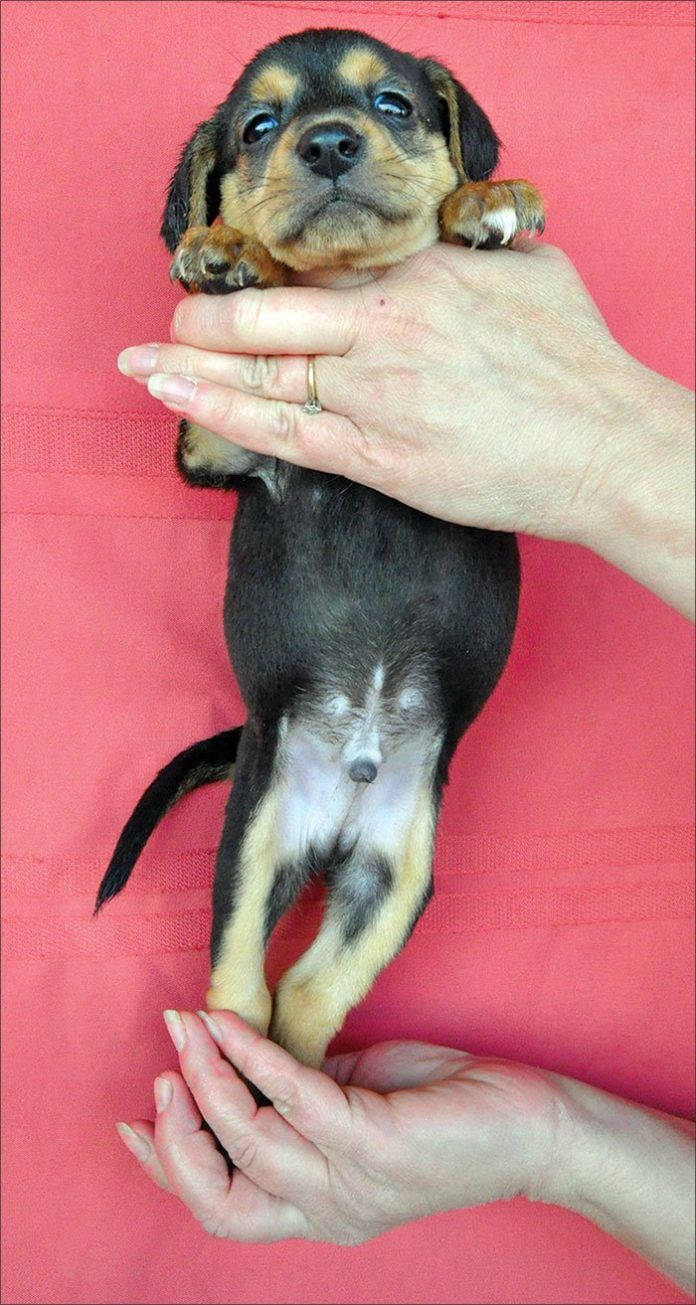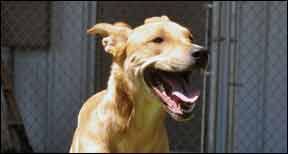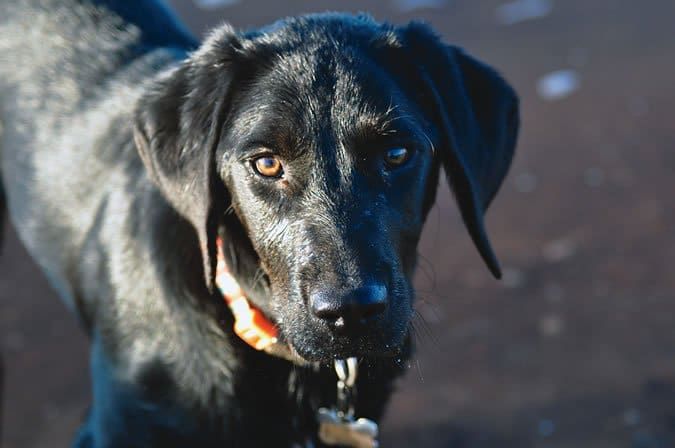Okay, readers, it’s confession time. I’m about to tell you something that I haven’t ever confessed in these pages, not even hinted at it in 17 years: I once was so pig-ignorant about dog care that I allowed my dog – my best friend at the time, my stalwart, beloved Border Collie Rupert, to develop heartworm disease. It’s true, and deeply painful to think about now.

In my defense, I grew up in an area without heartworm, and didn’t know a darn thing about it when, just out of college, my then-boyfriend purchased the sheep-farm dropout puppy for me. Rupe outlasted that relationship by more than a decade – but only because I took immediate action to treat my dog once I learned he was infected.
You see, when my son turned one (and Rupert was three years old), he became fascinated with toddling – lurching, really, Frankenstein’s monster-style, arms outstretched – toward Rupert whenever he spotted the dog. And Rupe, as it turned out, was deeply uncomfortable with toddlers. It took only one air-snap toward my son’s peachy cheek for me to decide to send Rupe to live with my parents for a while. By that time, my relationship with Eli’s father was already over, and as a single mom working in my own startup business, I was exhausted. I realized I couldn’t possible keep my two boys separated every minute – and Rupe loved it at my parent’s home. They lived on 20 acres in the foothills of the Sierra Mountains, not far from a lake . . . . Cue the ominous music; today I recognize this as heartworm country.
Rupert stayed with my parents for about two years. After I sold my business and got a job for another magazine, and Eli was old enough to listen to and follow directions concerning the dog, I brought Rupie home to live with me again. It was wonderful having him, and once Eli learned to throw a ball for the typically ball-obsessed Border Collie, their friendship cemented. Everything was good. And then I took Rupe for some vaccinations at a new veterinary clinic.
It was the first time in my life I had ever been asked if I wanted a heartworm test for my dog. “What’s that?” I distinctly remember asking. I had no clue.
Long story short: It turned out that where my parents live is a Ground Zero for heartworm-infected mosquitoes, and Rupe had a heavy infection. I spent the few months nursing Rupert through treatment for heartworm disease. But in one tiny way I was lucky: The young vet at the modern clinic I had taken him to was an early adopter of the brand-new heartworm treatment, Immiticide, which was miles and millions of times more effective and less harmful to the dog than the previous treatment. Even so, Rupe had a rough time. The first week after each treatment, he spent coughing, gagging, drooling, and vomiting. He didn’t eat and didn’t drink. He ended up getting pneumonia, and spending days at the clinic receiving IV fluids, antibiotics, and steroids. It cost a fortune – and was so hard to watch. The heartworms had damaged Rupert’s lungs, and he was still intolerant of exercise for about six months after he had been cleared by the vet to run and play again; if he tried to chase a ball, sometimes he would suddenly collapse, panting, and I’d burst into tears. What had I done to my dog?
But he did recover – and lived to the age of 14. I don’t think he would have made it to age six with the heartworm burden he was carrying.
Today, veterinarians know far more about how to mitigate and even prevent the side effects that Rupert suffered in treatment. Prevention is better, of course (and today, I’m an absolute bear about giving my dogs heartworm preventives). But heartworm infection is not a death sentence; its treatment is a life-saving gift. Read about how to do it right in “Heart of the Matter“.


